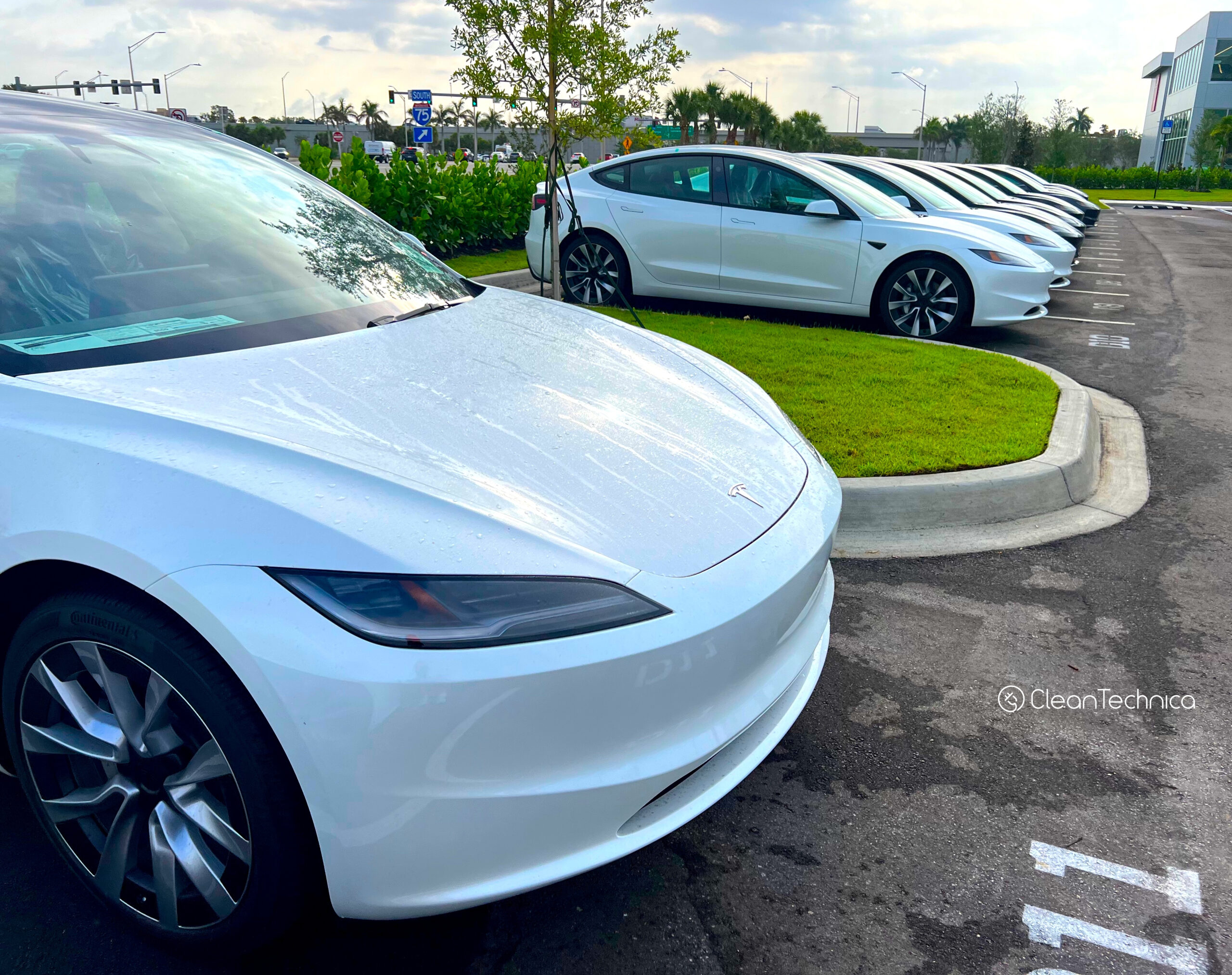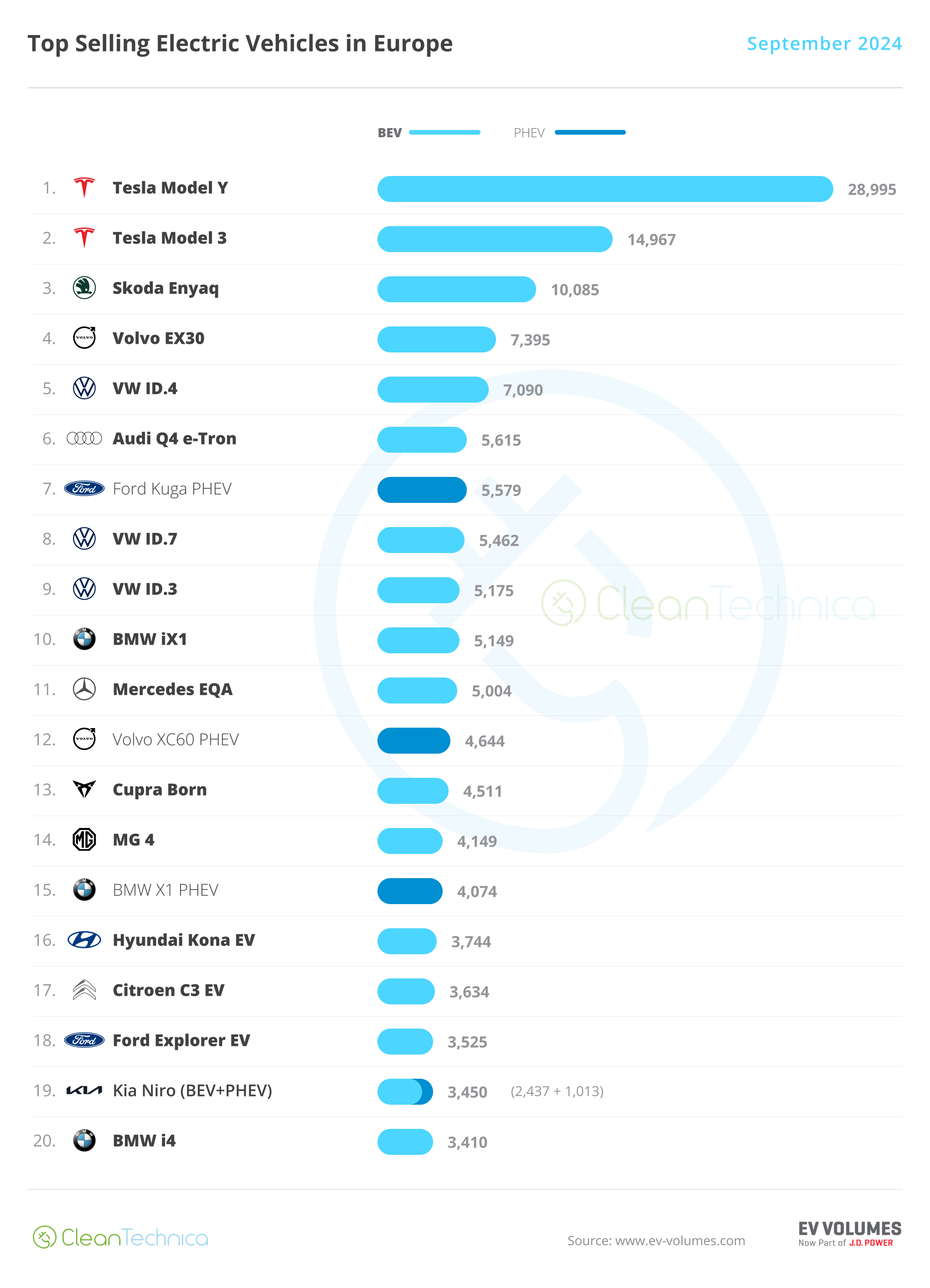Sign up for daily news updates from CleanTechnica on email. Or follow us on Google News!
The 8th ASEAN Energy Outlook (AEO8) unveiled during the 42nd ASEAN Ministers on Energy Meeting (AMEM) and the 24th ASEAN Energy Business Forum (AEBF-24) in Vientiane, Lao PDR revealed
Developed by the ASEAN Centre for Energy (ACE) in collaboration with the ASEAN Member States (AMS) and its partners, AEO8 plays a pivotal role in supporting the ASEAN Plan of Action for Energy Cooperation (APAEC). It presents an in-depth analysis of the region’s energy landscape, outlining potential pathways to meet national and regional energy targets up to 2050. The countries that are part of the ASEAN are Brunei Darussalam, Cambodia, Indonesia, Laos, Malaysia, Myanmar, The Philippines, Singapore, Thailand, and Vietnam
In his address, H.E. Phosay Sayasone, Lao PDR’s Minister of Energy and Mines, emphasized the significance of AEO8, noting that “this report not only aligns with our national objectives but also reinforces ASEAN’s shared vision for sustainable development.” As ASEAN Chairman, Lao PDR regards AEO8 as a key guide in steering the region toward a resilient and sustainable energy future.
The AEO8 builds upon the findings of the 7th ASEAN Energy Outlook (AEO7) and expands its projections across various energy sectors, covering areas from electricity to energy efficiency. It marks an effort to align ASEAN’s energy ambitions with the growing global demand for decarbonization and carbon neutrality. ACE’s Acting Executive Director, Beni Suryadi, highlighted the growing urgency for a coordinated regional effort to address ASEAN’s rising energy needs.
He noted that by 2050, the region’s energy demand is expected to rise 2.6 times compared to 2022, which underscores the importance of transitioning to cleaner energy sources while maintaining economic growth.
AEO8 presents four distinct scenarios to account for the varied energy needs of ASEAN Member States. These include:
- Baseline Scenario (BAS), which assumes no additional efforts on energy efficiency or renewable energy,
- AMS Target Scenario (ATS), which outlines the potential outcomes of current national policies.
- Regional Aspiration Scenario (RAS), which focuses on least-cost optimization within the power sector.
- Carbon Neutrality Scenario (CNS), which projects a pathway to decarbonization through the adoption of low-emission technologies.
The outlook provides insights into energy trends in the region, noting that the industry and transport sectors will continue to dominate energy consumption, with coal and oil being the primary sources. By 2050, final energy demand is expected to grow significantly. The report indicates that, under current policies, ASEAN could achieve a 39.6% share of renewable energy in installed power capacity by 2025, surpassing its targets.
Emerging technologies, such as nuclear power and sustainable fuels like hydrogen and Sustainable Aviation Fuel (SAF), are anticipated to become part of the region’s energy mix from the 2030s onward.
The report underscores the potential for job creation in countries like the Philippines, Vietnam, and Indonesia, largely driven by large-scale renewable energy projects. Land use for renewable energy, particularly for solar and wind projects, is projected to increase, with Vietnam and the Philippines expected to account for a significant portion of this expansion, and also highlights country-specific projections, as follows:
- As of 2022, clean cooking access rate will require more effort to achieve full penetration by 2030, with Cambodia, Lao PDR, Myanmar, and the Philippines having yet to achieve 50%.
- Reflecting AMS’ Power Development Plans (PDP) and targets, nuclear energy would exist in all scenarios except the BAS, from 2035 onwards, with the highest supply projected to be around 13.8 Mtoe in the ATS by 2050. This indicates the AMS’ resolute commitment to expanding nuclear energy, especially in the Philippines.
- Countries such as the Philippines, Vietnam, and Indonesia emerge as major contributors to job creation under the RAS, primarily due to large-scale RE projects.
- The increased land use across all scenarios is attributed to accelerated installation capacities, driven by enabling policies implemented by Vietnam, Thailand, Malaysia, and the Philippines. Our RAS analysis shows that solar and wind could require 5 million Ha by 2050, mostly in Vietnam, Indonesia, and the Philippines.
- Vietnam is expected to experience the largest impact on land use for renewable energy, particularly for wind and solar power, with 3 million hectares dedicated by 2050. The Philippines will account for 12%, while Thailand and Lao PDR will contribute 9% each.
The AEO8 serves as a vital resource for ASEAN Member States, providing detailed projections and scenarios that inform decision-making on energy security, accessibility, and sustainability. As ASEAN navigates the complexities of the global energy transition, the report offers guidance on addressing regional challenges and fulfilling both national and regional energy targets. (Breakdown of various reports to follow.)

Have a tip for CleanTechnica? Want to advertise? Want to suggest a guest for our CleanTech Talk podcast? Contact us here.
Latest CleanTechnica.TV Videos
CleanTechnica uses affiliate links. See our policy here.
CleanTechnica’s Comment Policy





